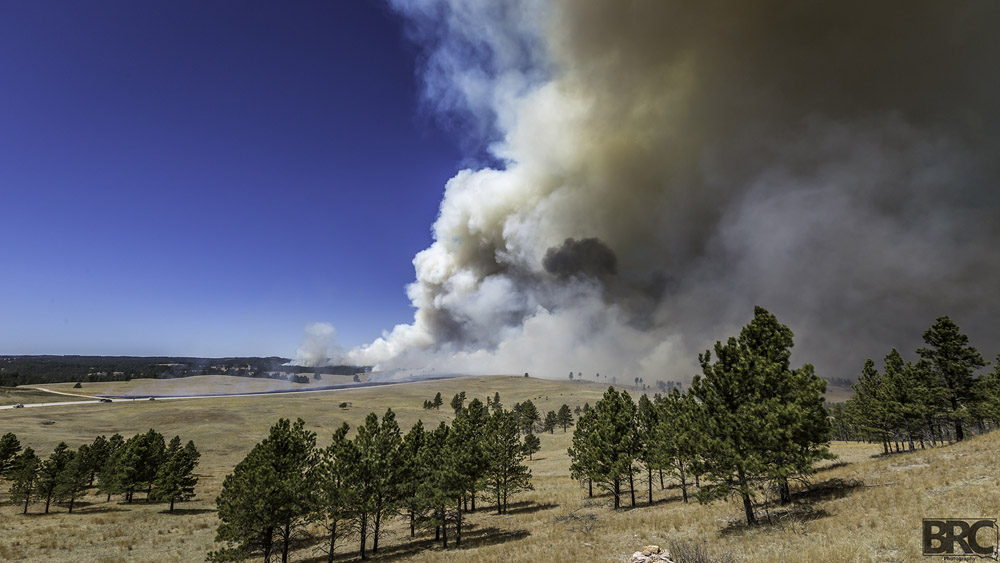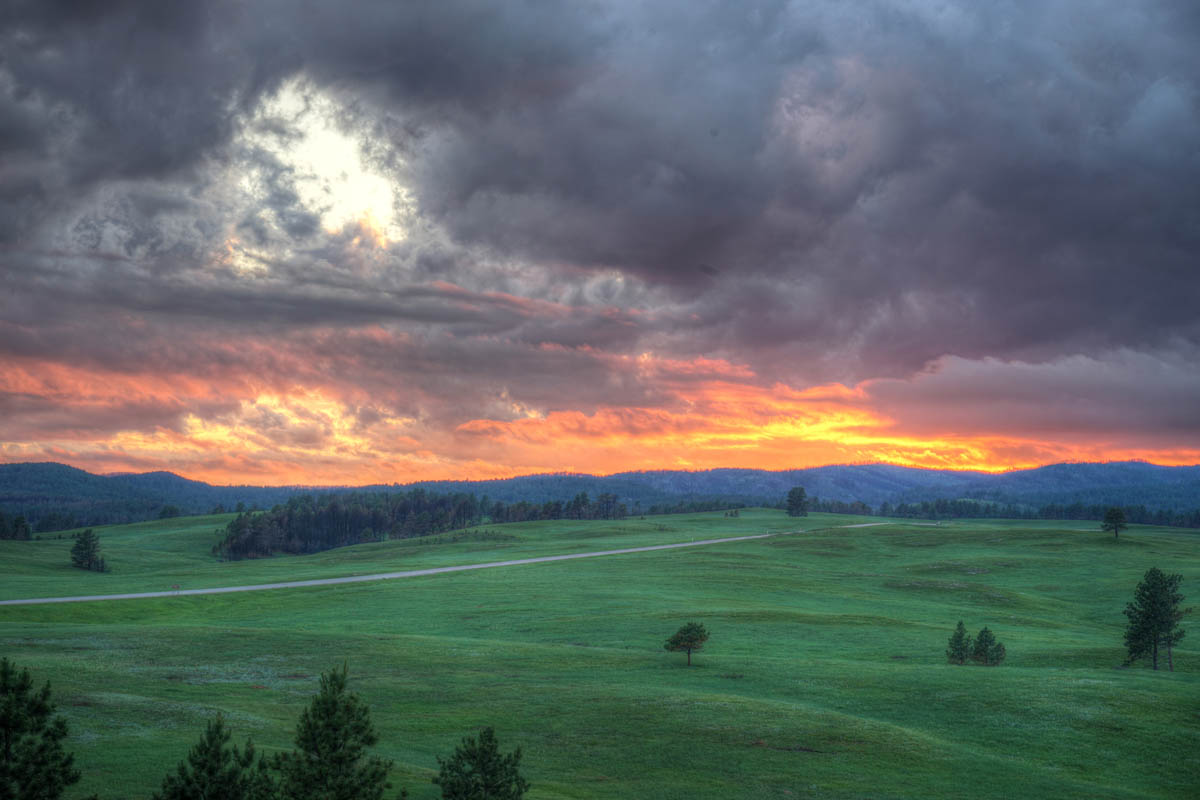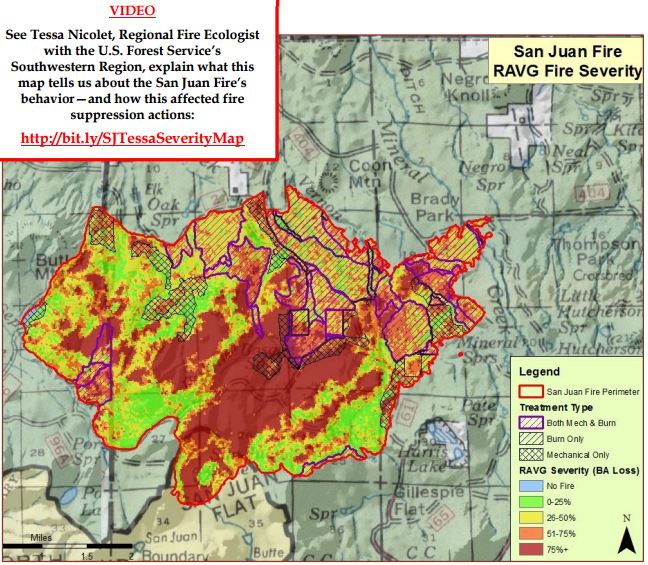
Senator John Thune of South Dakota had a video edited that stars him as he makes statements and asks questions during a committee hearing about forestry issues. The hearing occurred July 16 before the Senate Committee on Agriculture, Nutrition and Forestry. The panelist in the video is Robert Bonnie, the U.S. Department of Agriculture’s Under Secretary for Natural Resources and Environment.
Mr. Thune was pushing Senate Bill 1100 that he is sponsoring (without any co-sponsors) titled Prescribed Burn Approval Act of 2015. You can see the entire hearing HERE (it starts at 17:00). Mr. Thune’s edited version is below.
In the video, he said, referring to two recent escaped prescribed fires on federal land in South Dakota, [The agencies]….”had no business in a couple of these circumstances starting fires given the weather conditions that were existing at the time, and people at the local level would know that. So all we’re asking for is consultation at the front end before this happens and work with folks and get their sign-off and then on the back end when something like this happens a response that is timely, expedited and effective.”
The Senator got fired up after two recent large escaped prescribed fires in South Dakota. In 2013 the Pasture 3B prescribed fire escaped in the Dakota Prairie National Grasslands in northern South Dakota. It was planned at 210 acres, but strong winds on April 3, 2013 caused by the predicted passage of a cold front pushed the fire across a mowed fire line into tall grass and ultimately burned 10,679 acres, (3,519 acres federal and 7,160 acres private). The wildfire, named Pautre Fire, was stopped at 11 p.m. that night.
More recently, on April 13, 2015 the Cold Brook prescribed fire, which was planned as a 1,000-acre project in Wind Cave National Park in southwest South Dakota, spotted across U.S. Highway 385 and burned 5,420 acres of park land outside of the intended burn unit. The escape was entirely within the boundaries of Wind Cave National Park. A few days later Mr. Thune sent a strongly worded letter to Secretary of the Interior Sally Jewel criticizing the National Park Service for the escaped prescribed fire.
The legislation the Senator is pushing is not lengthy, but has some interesting requirements, such as, a prescribed fire can’t be executed on federal land if the grassland fire danger index indicates a high, very high, or extreme danger of grassland fire, or if the Chief of the Forest Service has declared very high or extreme fire danger. However, the project could still be carried out “if the head of the Federal agency obtains prior approval from the applicable State government and local fire officials”.
And there’s this: “A head of a Federal agency that authorizes a prescribed burn shall be liable for any damage to private property caused by the prescribed burn, notwithstanding chapter 171 of title 28, United States Code (commonly known as the “Federal Tort Claims Act”) or any State law.” The proposed bill also says damages must be paid within 120 days of receipt of a substantiated claim.
These provisions raise a few questions. The grassland fire danger index is exclusively designed to predict the potential for non-agricultural grasslands to carry fire. This could be a useful indicator for prescribed fires in grasses, but not necessarily for projects in other fuel types and elevations.
And I am not aware of the Chief of the Forest Service making a proclamation establishing a daily fire danger rating.
I am no attorney, but it appears that the legislation, if it becomes law, would make the head of agencies personally liable for damages resulting from escaped prescribed fires. If so, and if they would not be automatically reimbursed, it could be difficult to entice anyone to accept those positions.



